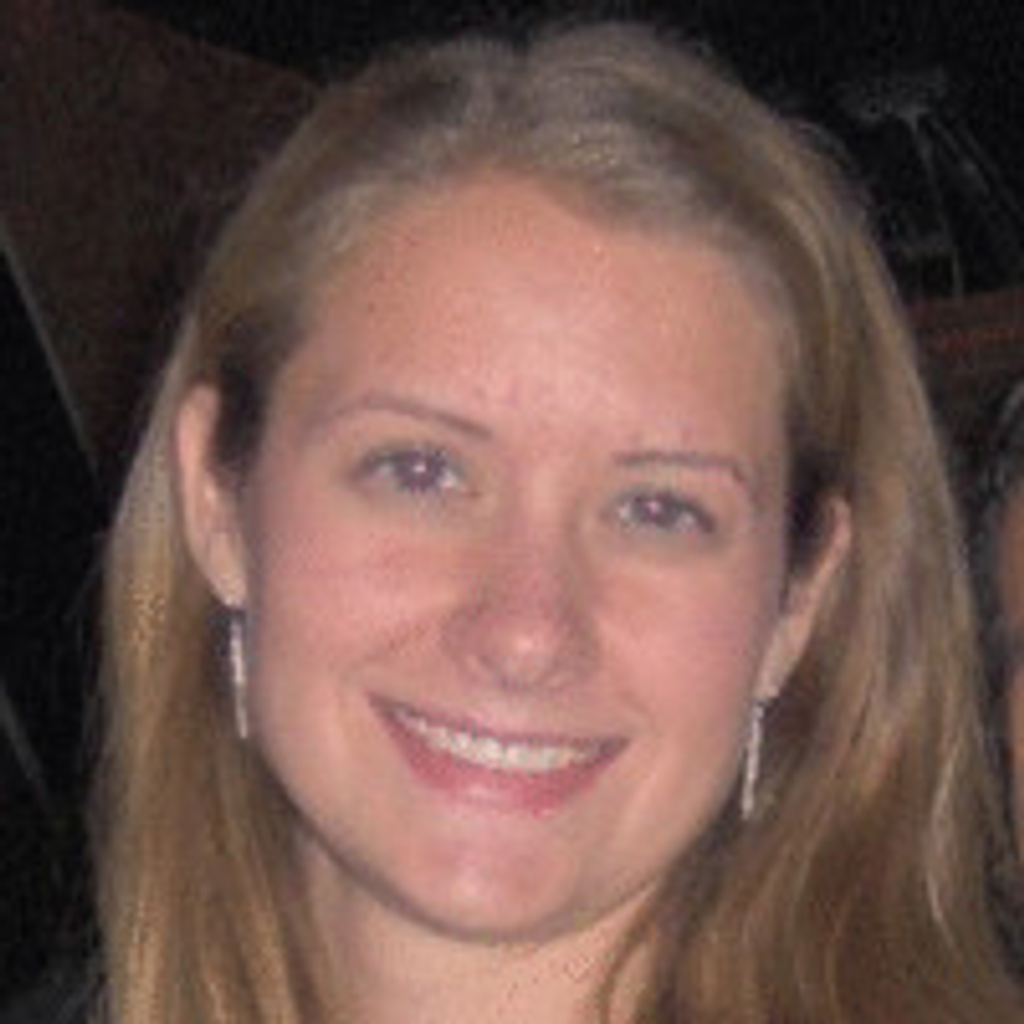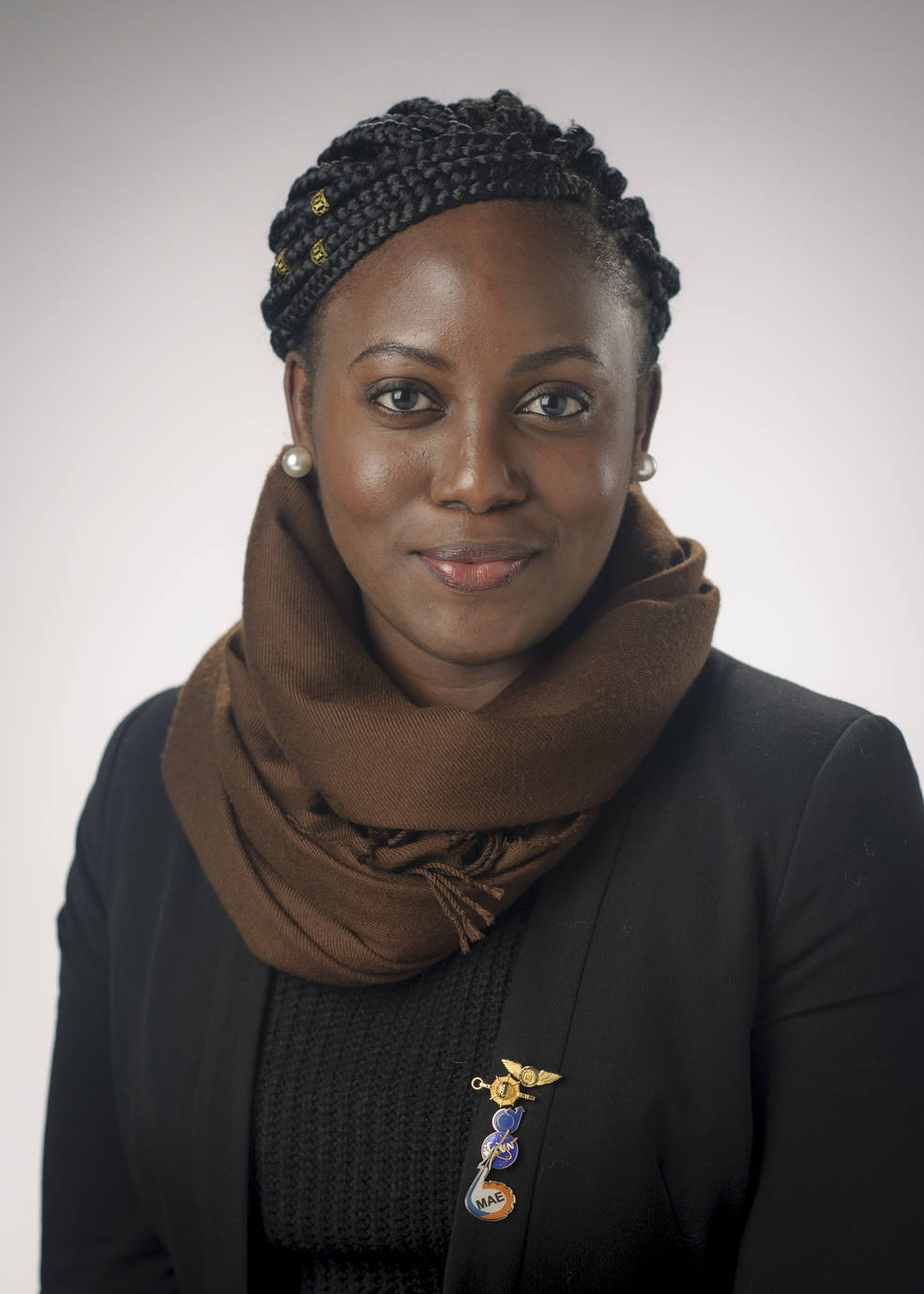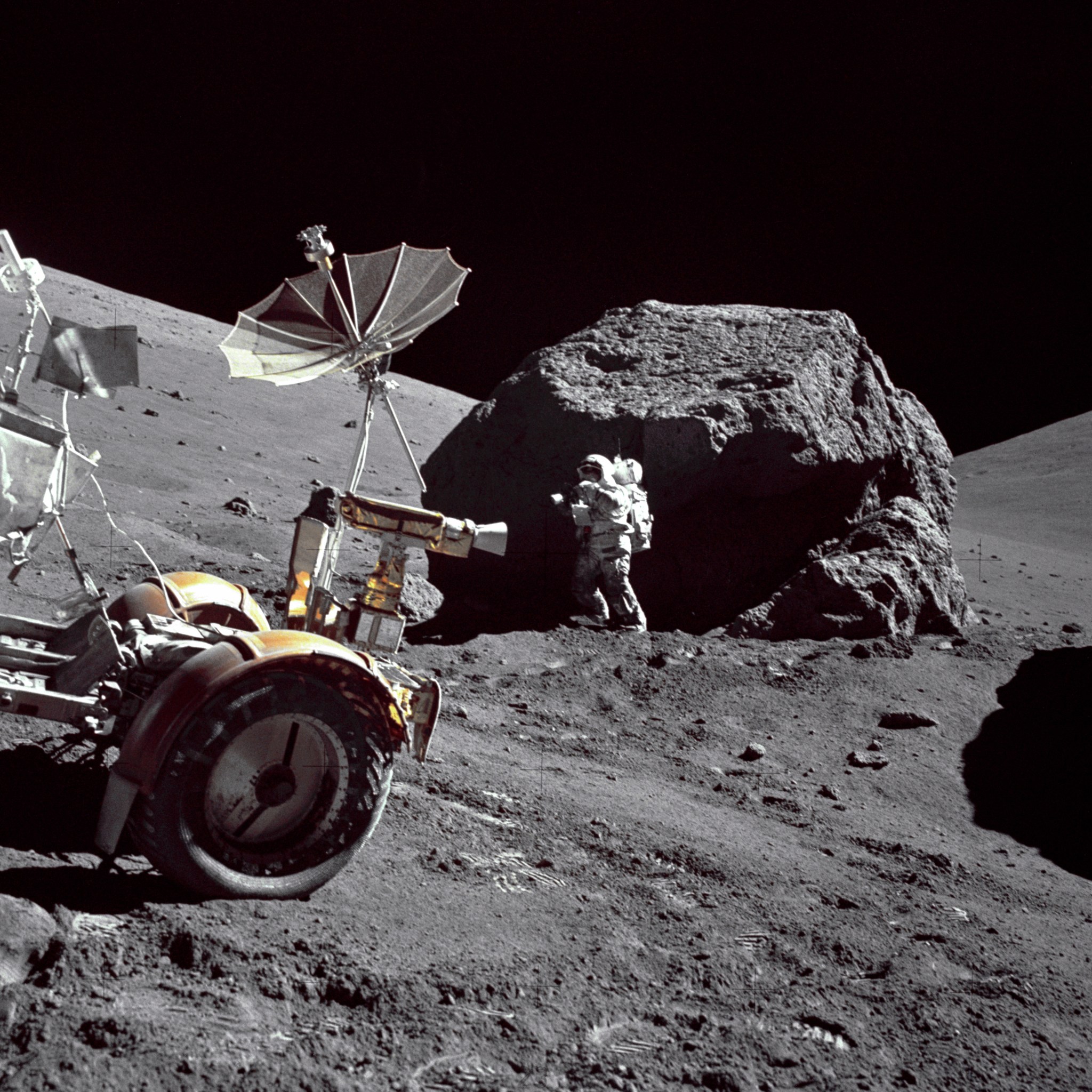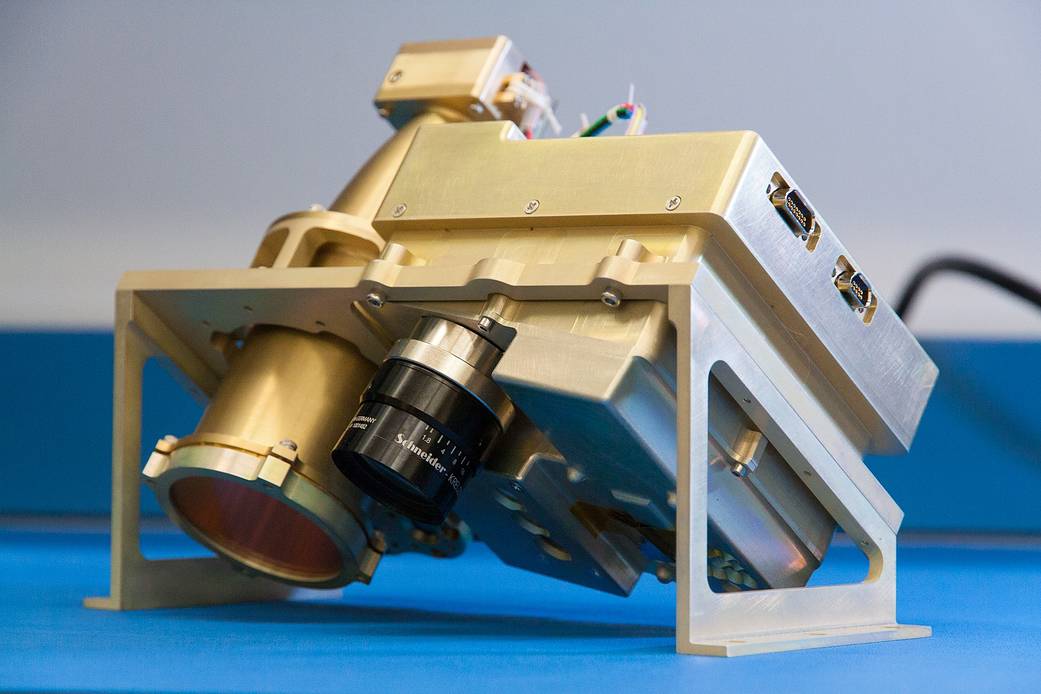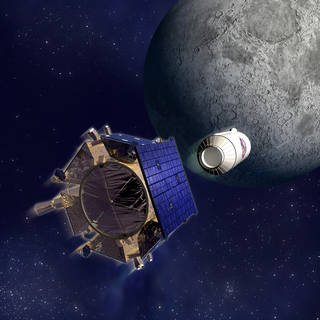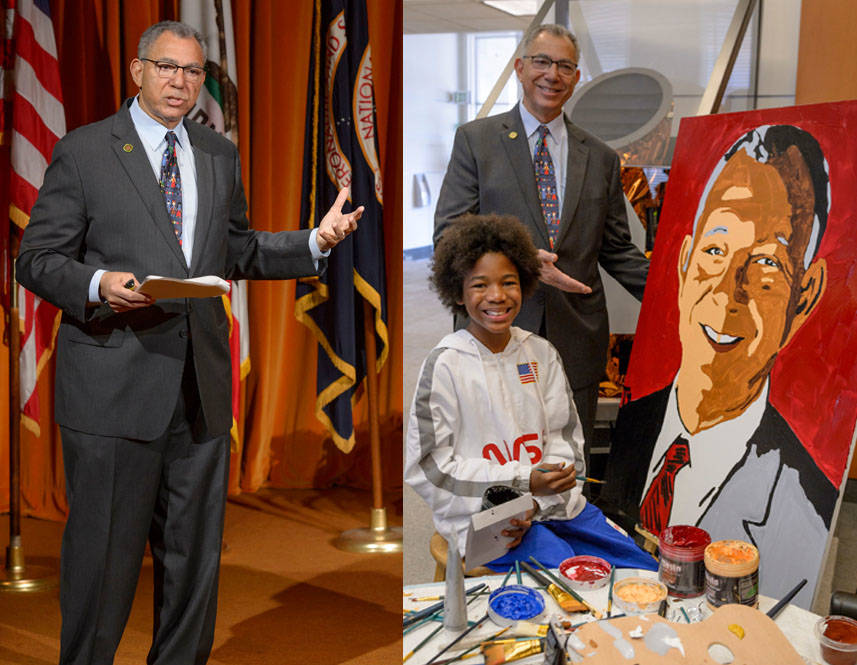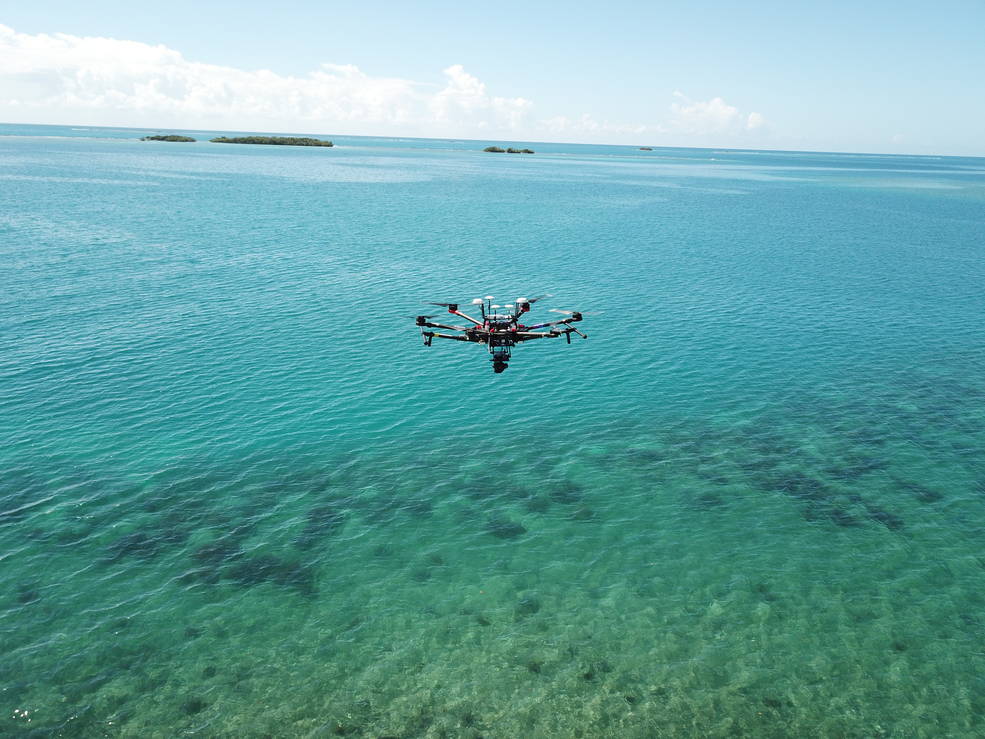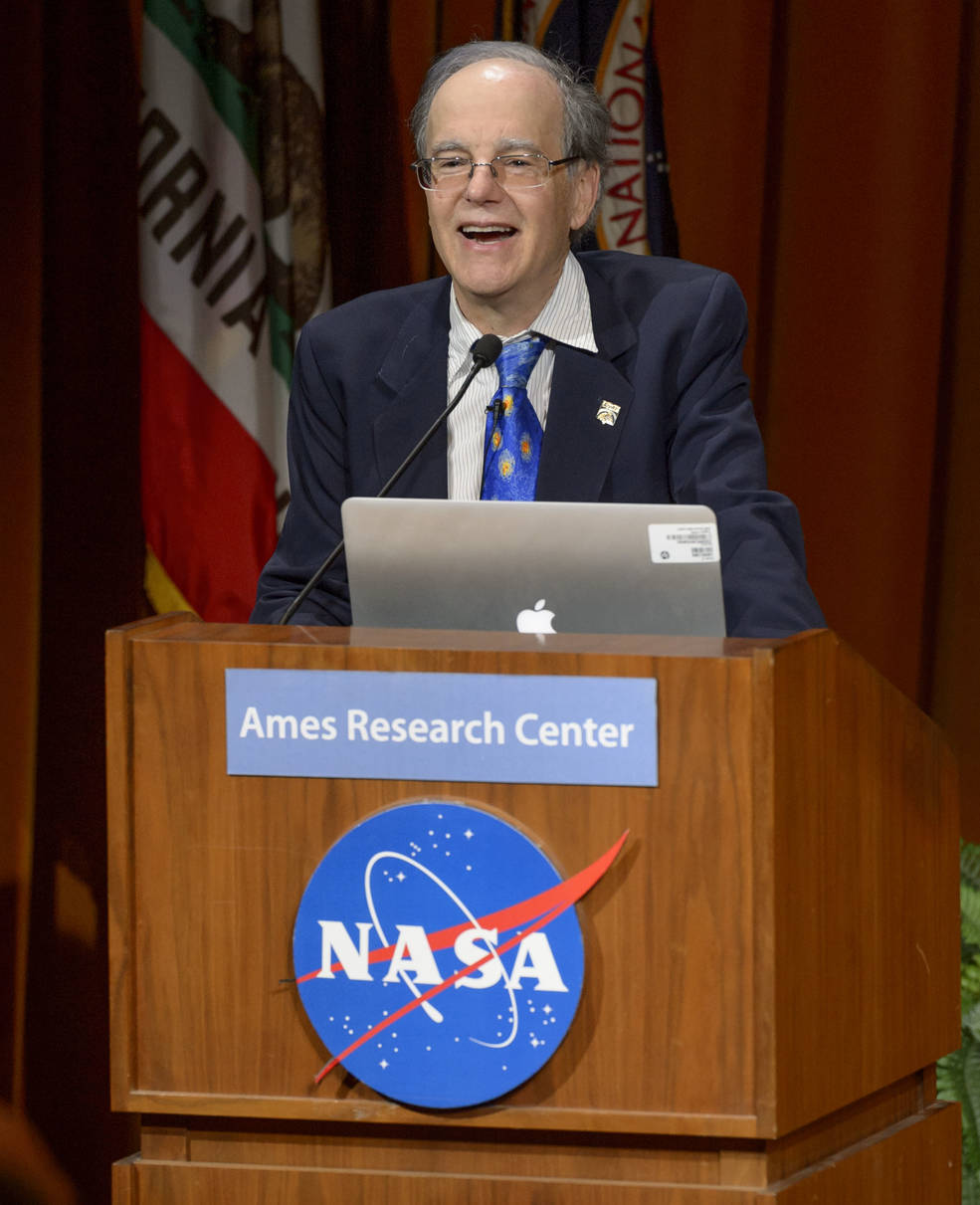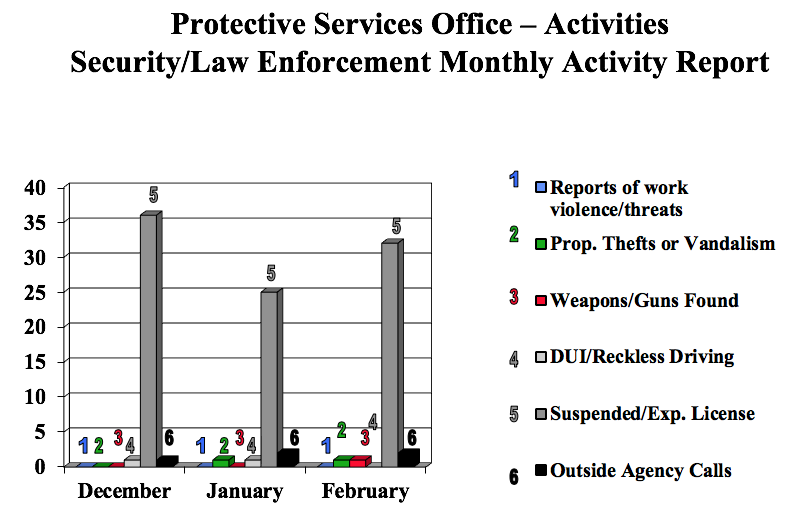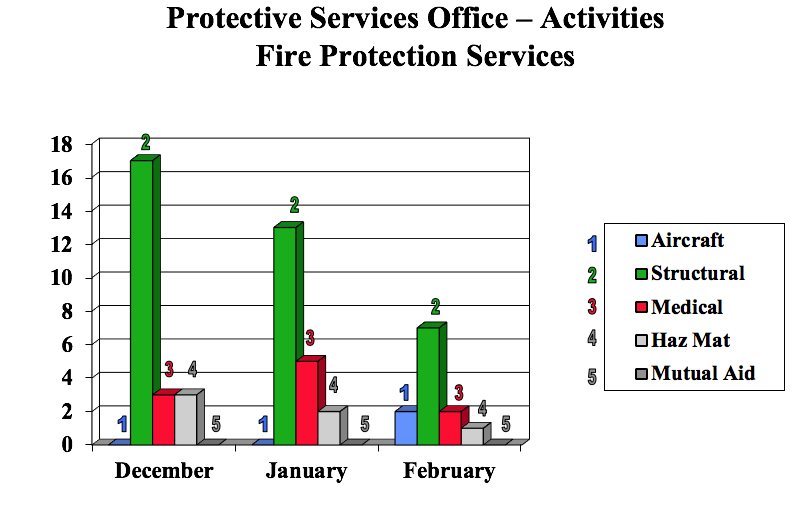Wendy Okolo Receives “Black Engineer’s Most Promising Engineer in Government Award”
Dr. Wendy Okolo, an aerospace engineer at NASA Ames, has received the “Black Engineer’s Most Promising Engineer in Government Award” at the BEYA STEM Conference in Washington D. C. Okolo is a Special Emphasis Programs Manager in the Intelligent Systems Division at Ames.
Okolo is working on the System-Wide Safety (SWS) project and a Space Technology Mission Directorate Early Career Initiative (STMD-ECI) project at Ames. For the SWS project, she led the task of predicting GPS faults in unmanned aerial systems commonly known as drones.
On the STMD-ECI project, she leads the controls team to develop unconventional control techniques for deployable vehicles, to enable precision landing and improve maneuverability during the entry, descent, and landing phases of spaceflight. The STMD-ECI project is a $2.5 million-dollar project that she proposed and won as part of a six-member early- career scientist team.
Her previous research has been recognized and funded by the Department of Defense through the National Defense Science and Engineering Graduate Fellowship; Zonta International, through the Amelia Earhart Fellowship; and the American Institute for Aeronautics and Astronautics through the John Leland Atwood Graduate Fellowship.
Okolo was only 26 years old when she became the first black woman to obtain a Ph.D. in aerospace engineering from the University of Texas at Arlington. She earned both undergraduate and doctoral degrees in aerospace engineering from UT Arlington.
Okolo worked with Langley Research Center in Virginia to investigate flight data and facilitate data exchange across and within NASA centers.
All Hands Presented to Discuss Moon to Mars and Agency Budget Rollout
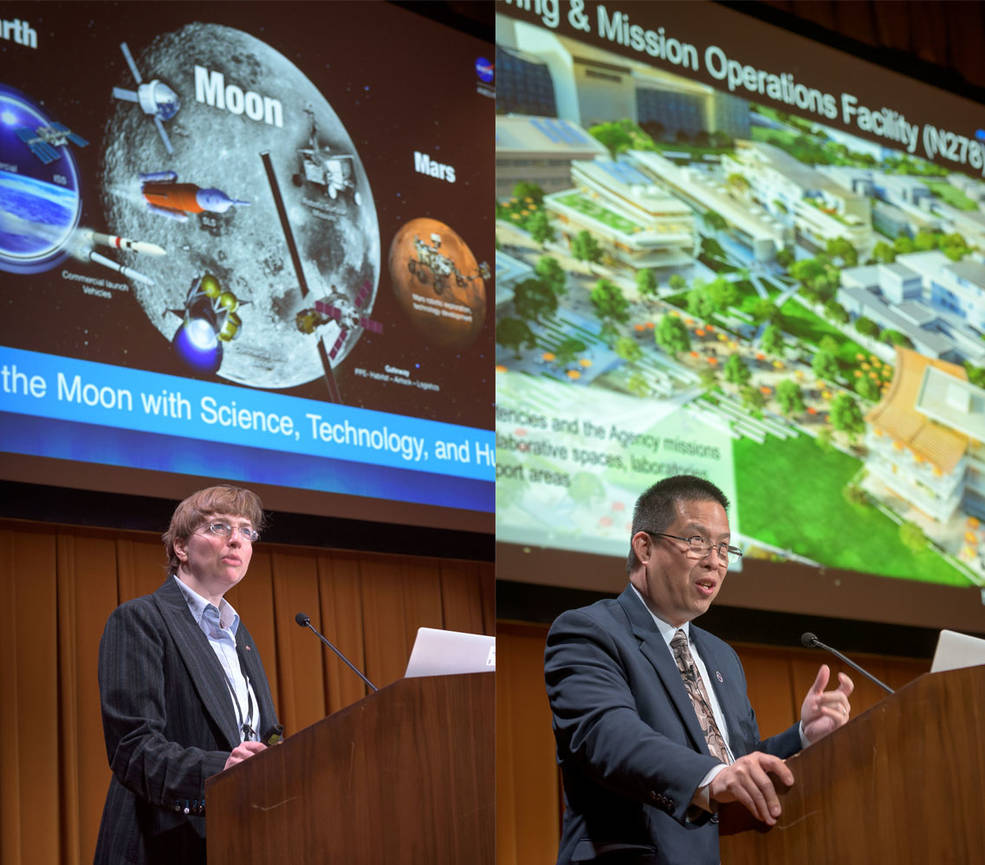
For additional information about the Agency’s Moon to Mars program, visit: ExploreMoontoMars
Untouched Apollo Moon Rocks to be Studied at NASA Ames
by Frank Tavares
Pristinely preserved Moon rocks collected from the Apollo era are about to be released for study, and NASA has selected nine research teams for this special opportunity. One of these samples has never been in contact with Earth’s atmosphere, and some have been frozen or stored in helium since collection. Out of these nine teams, two are based at NASA Ames.
“These Moon rocks are a treasure, and the science we can do with them is a genuinely unique opportunity,” said Alexander Sehlke, a principal investigator for one of the selected research teams. “My group is using just a little vial with a bit of dust in it, but it’s really exciting.”
These preserved samples are a time capsule to the Moon’s past, containing information that NASA will need as we begin to prepare for permanently inhabiting the Moon in the coming years.
For full story, see: ApolloMoonRocks
Where’s the Water? Two Resource-Hunting Tools for the Moon’s Surface
On the Moon, scouting out water and mapping its whereabouts are important next steps toward humans living on the surface
by Abby Tabor
Launching one pound of any material into space costs thousands of dollars. Since a gallon of water weighs more than eight pounds, it’s easy to see that the ability to generate water, air and fuel in space could represent enormous cost savings for future deep-space missions. And that would make human exploration of the Moon, Mars and other destinations more affordable and sustainable.
But where will we find the raw materials to use? We already know that the Moon is a complex world full of familiar minerals and gases. It even holds reserves of water ice in some craters at its poles. Measurements from spacecraft orbiting the Moon tell us there is also material spread across the lunar surface that could be more water or a closely related resource, hydroxyl. What those orbiters found is actually the element hydrogen, which could turn out to be in the form of water – the familiar H2O – or hydroxyl, which is just one hydrogen and one oxygen atom, or OH.
Two tools from NASA Ames will be delivered to the Moon, perhaps as soon as 2020, to find out more. Through the Commercial Lunar Payload Services contract, commercial partners are building lunar landers to carry NASA experiments like these to the surface. The measurements taken on the lunar surface will help researchers understand what form the Moon’s hydrogen takes and how it behaves in the lunar environment.
For full story, see: MoonWater
NASA Deputy Administrator James Morhard Tours Ames, Meets with Students
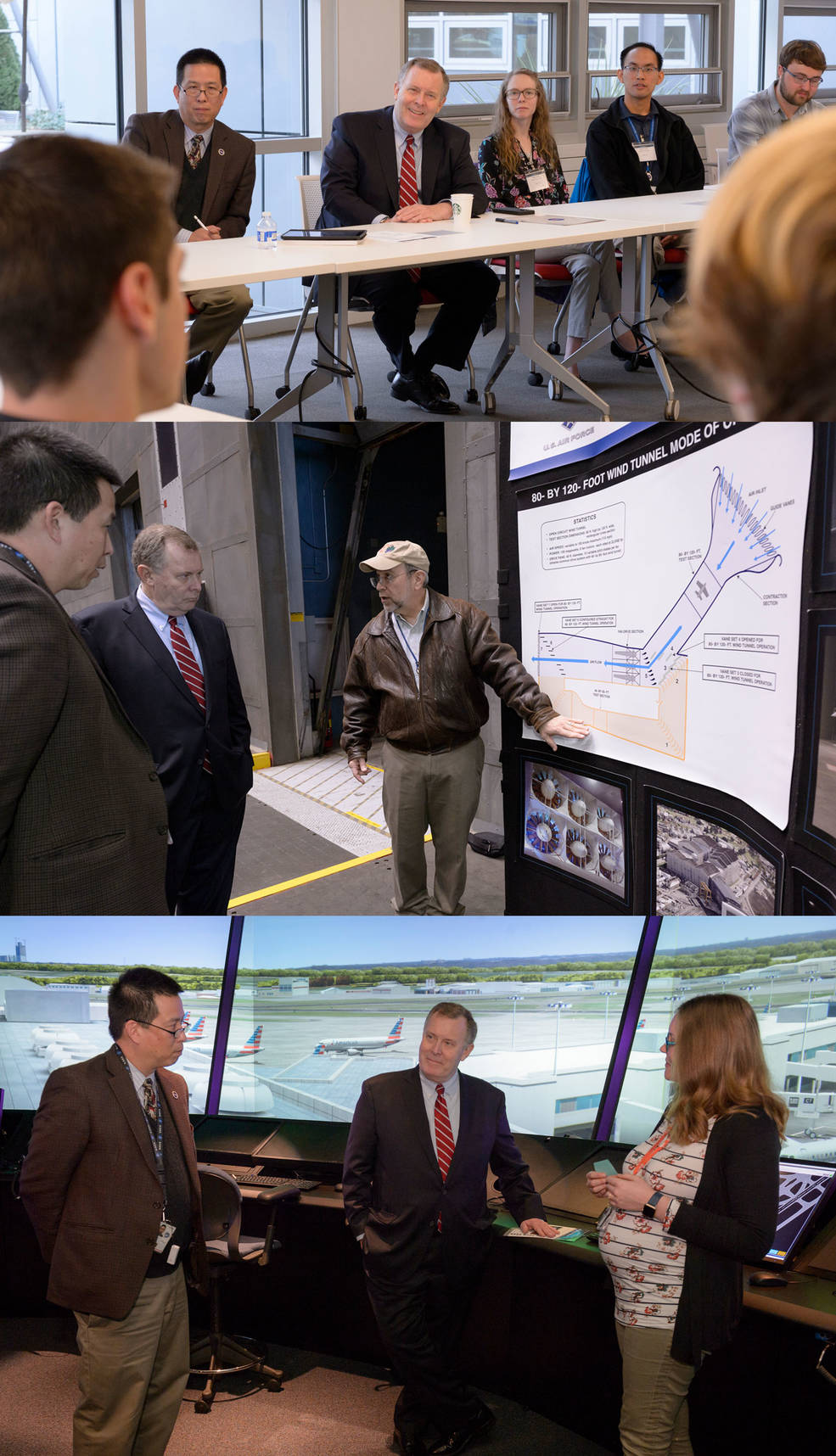
Carlos Quesada, President of Costa Rica, Visits Ames to Discuss Future Collaborations
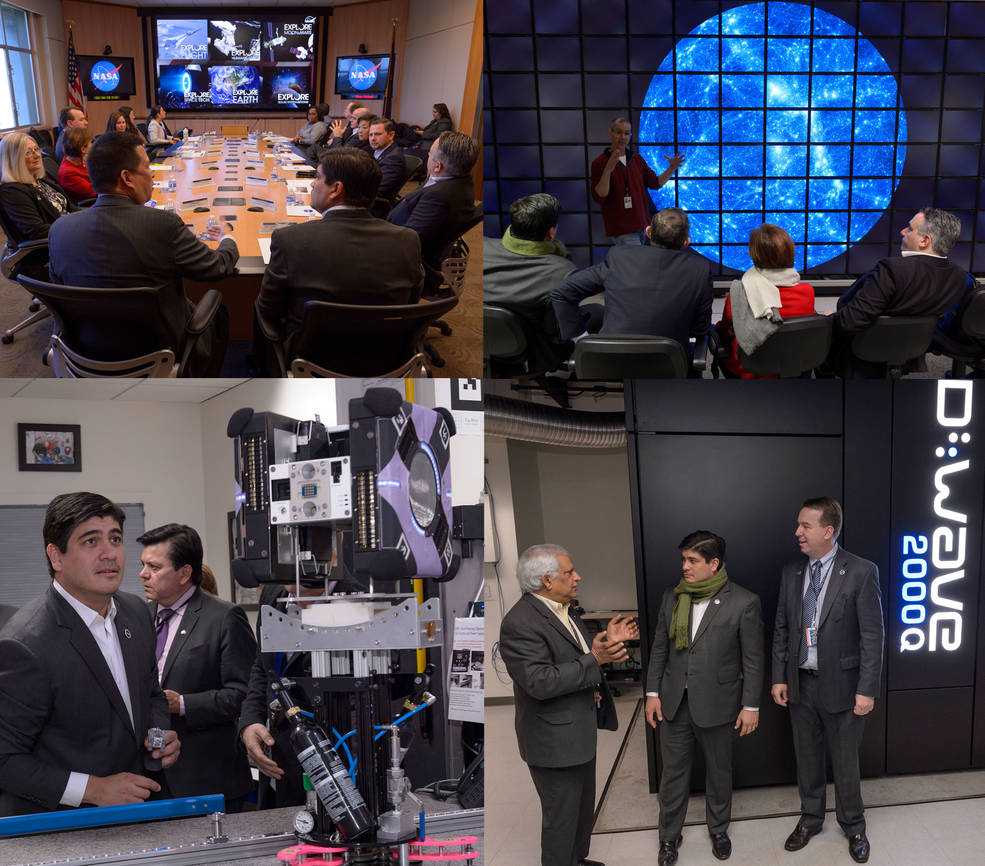
What is LCROSS, the Lunar Crater Observation and Sensing Satellite?
Smashing into the Moon for science, LCROSS found water ice in a dark, cold lunar crater
by Abby Tabor
In the late 1990s, scientists studying the Moon had their appetites whet by the possibility that the Moon might, in fact, be wet. The orbiting spacecraft Lunar Prospector had sensed large amounts of hydrogen at the Moon’s poles. Could this hydrogen be in the form of water molecules – H2O? NASA would have to send a spacecraft that would really get its hands dirty and find out.
In the span of just two years, NASA’s Ames Research Center, in California’s Silicon Valley, developed a mission that reached out and touched the hydrogen detected on the Moon. It was called LCROSS, the Lunar Crater Observation and Sensing Satellite. Their clever design involved two parts: a projectile that would slam into a crater to kick up a giant plume of debris and a spacecraft that would fly through the plume to identify what it was made of.
For full story, see: LCROSS
Former AA for Education Donald James Speaks at Black History Month Celebration
The African American Advisory Group (AAAG) welcomed former Associate Administrator for Education Donald James as the keynote speaker on Feb. 28, 2019 to present, “Living the Dream,” in observance of Black History Month. February 1 marked the beginning of Black History Month. It is not only a time when people of African ancestry can come together in memory of their rich past and learn about the many contributions and accomplishments made to our nation’s history, but allows every American the opportunity to celebrate the traditions of African Americans and those aspects of their own culture and positive contributions made to society.
Black History Month originally began as Negro History Week in 1926. It took place during the second week of February because it coincided with the birthdates of Frederick Douglass and Abraham Lincoln. Harvard-trained historian, Carter G. Woodson, is credited with the creation of Negro History Week. In 1976, the bicentennial of the United States, President Gerald R. Ford expanded the week into a full month. He said, “Our country needed to seize the opportunity to honor the too-often neglected accomplishments of black Americans in every area of endeavor throughout our history.”
Donald James was appointed NASA’s Associate Administrator for the Office of Education in Sept. 8, 2014. He was responsible for developing and implementing NASA’s education programs to strengthen student involvement and public awareness pertaining to the agency scientific goals and missions. James earned a bachelor of arts degree in international relations from the University of Southern California in Los Angeles; a master of arts degree in international economic development from the American University in Washington, D.C. and a graduate fellowship from the National Science Foundation. James also studied economics at Cambridge University, England in 1975 and attended Harvard’s Senior Executive Fellows program in 2004.
In addition to this talk, the AAAG featured a young African American student who is “living the dream.” Tyler Gordon is an inspiring artist who has overcome many obstacles in his life, but refuses to allow them to hinder his dream. This talk was hosted by the AAAG and the Office of Diversity and Equal Opportunity (ODEO) in recognition of the many contributions made by African Americans in this country. For more information, please contact Denise Snow, mailto:Denise.R.Snow@nasa.gov
Actor Anthony Rapp Discusses His Efforts in Shaping Social Movements
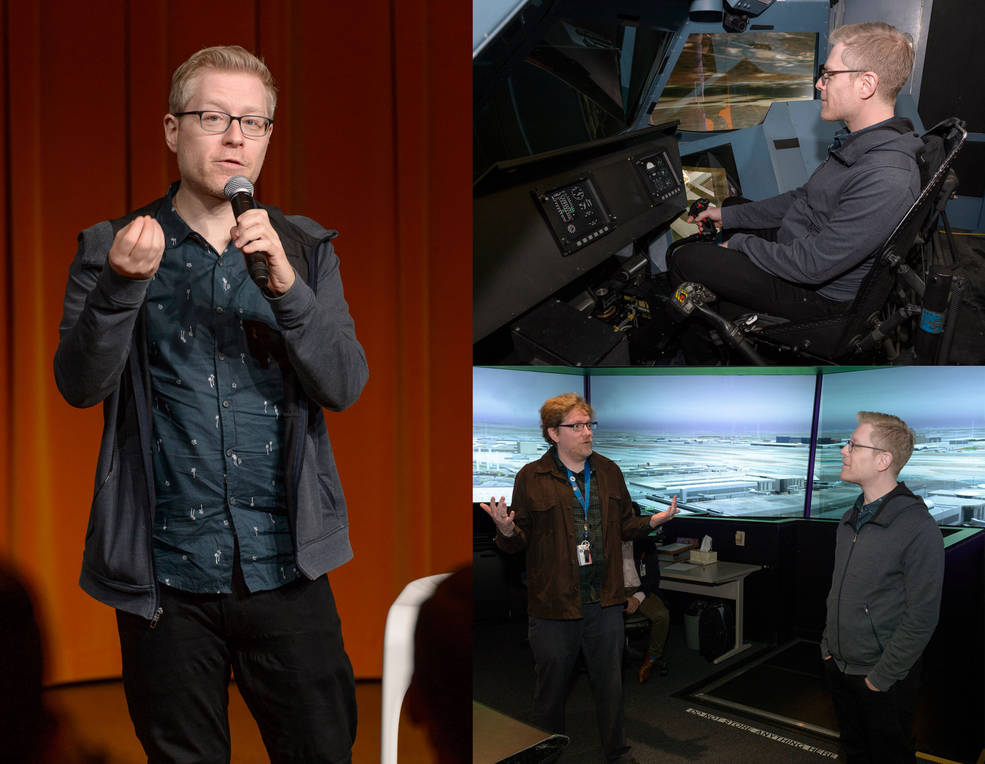
Fluid Lensing – Mapping the Closest Frontier, Our Oceans
by Frank Tavares
Whenever you look through a substance, whether it’s the water in a pool or a pane of old, rippled glass, the objects you see look distorted. For centuries, astronomers have been mapping the sky through the distortions caused by our atmosphere, however, inn recent years, they’ve developed techniques to counter these effects, clearing our view of the stars. If we turn to look at the Earth instead of the skies, distorted visuals are a challenge too: Earth scientists who want to map the oceans or study underwater features struggle to see through the distortions caused by waves at the surface.
Researchers at NASA’s Ames Research Center, in California’s Silicon Valley, are focused on solving this problem with fluid lensing, a technique for imaging through the ocean’s surface. While we’ve mapped the surfaces of the Moon and Mars in great detail, only 4% of the ocean floor is currently mapped. Getting accurate depth measurements and clear images is difficult in part, due to how light is absorbed and intensified by the water and distorted by its surface. By running complex calculations, the algorithm at the heart of fluid lensing technology is largely able to correct for these troublesome effects.
For full story, see: fluidlensing
Adrienne Mayor Presents, "Gods & Robots – Myths, Machines & Ancient Dreams of Technology"
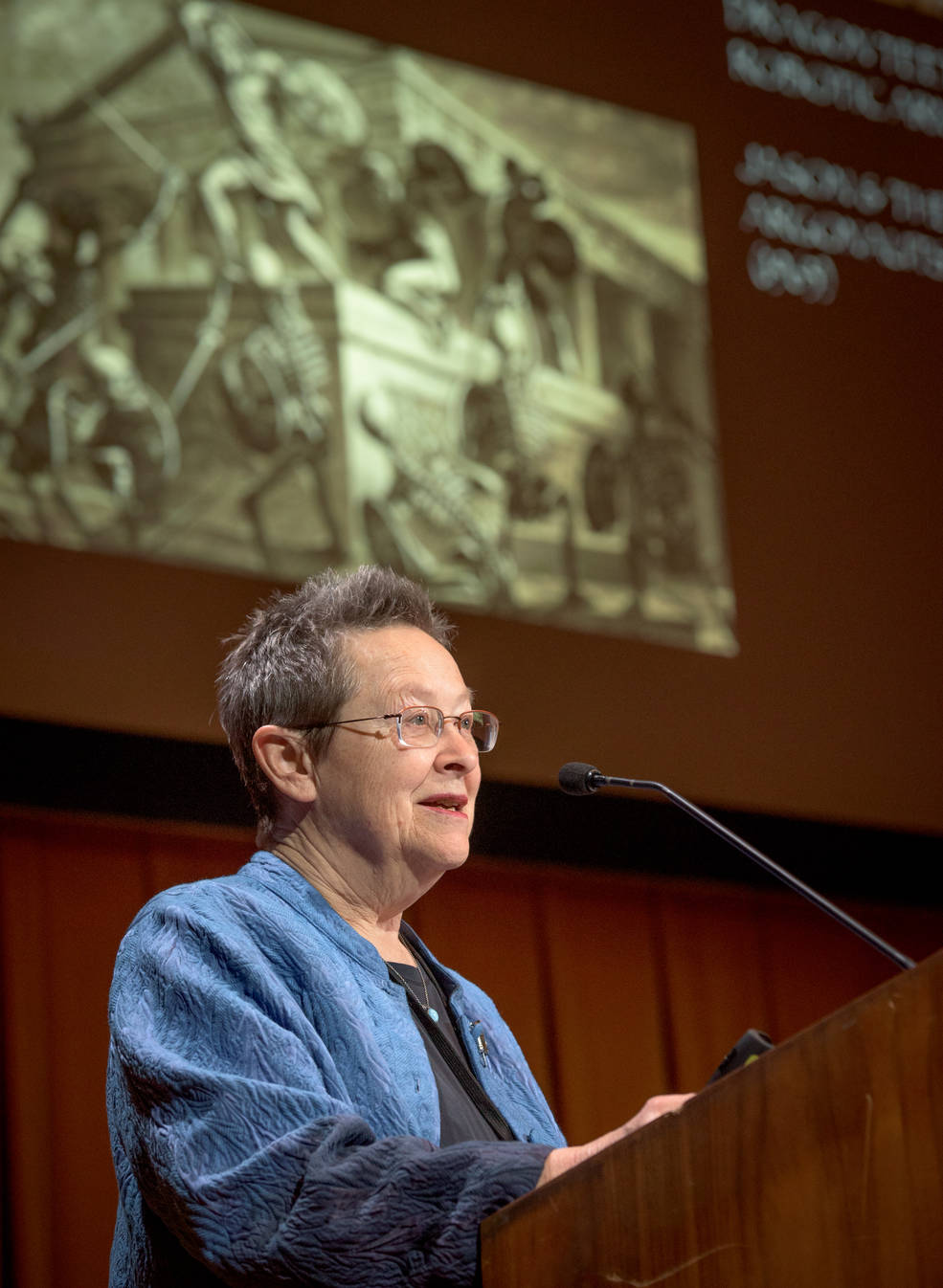
Freund Discusses Identifying Pre-Earthquake Signals Using Non-mechanical Approaches
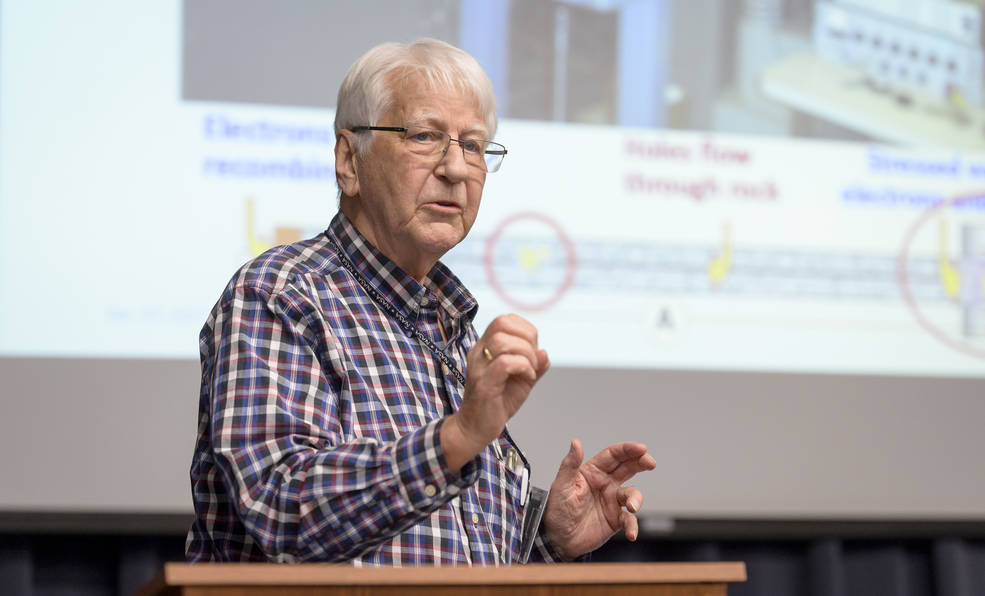
BASALT – Designing Future Human Space Exploration on Hawaii’s Lava Fields
by Abby Tabor
NASA’s BASALT project is designing and developing elements of future missions that could send humans to conduct science and exploration on Mars. Many of the lessons they learn can also be applied to human exploration of the Moon, the moons of Mars and near-Earth asteroids.
As rain poured down, the “astronauts” suited up for a day of exploration on Hawaii’s Kilauea volcano. A NASA research group had come here to study the geology and biology of the area’s lava fields in the same ways future explorers might study the surface of the Moon or Mars. While traversing the barren landscape, taking measurements and rock samples, they were also testing their software, communication systems, methods and NASA’s very ideas about how such extreme exploration will work.
This high-fidelity simulation of a human-led space exploration mission belonged to a project called Biologic Analog Science Associated with Lava Terrains, or BASALT. Using the volcanic activity of Hawaii Island as a good stand-in for the conditions that existed on ancient Mars, the project created a unique blend of science, mission operations and technology research.
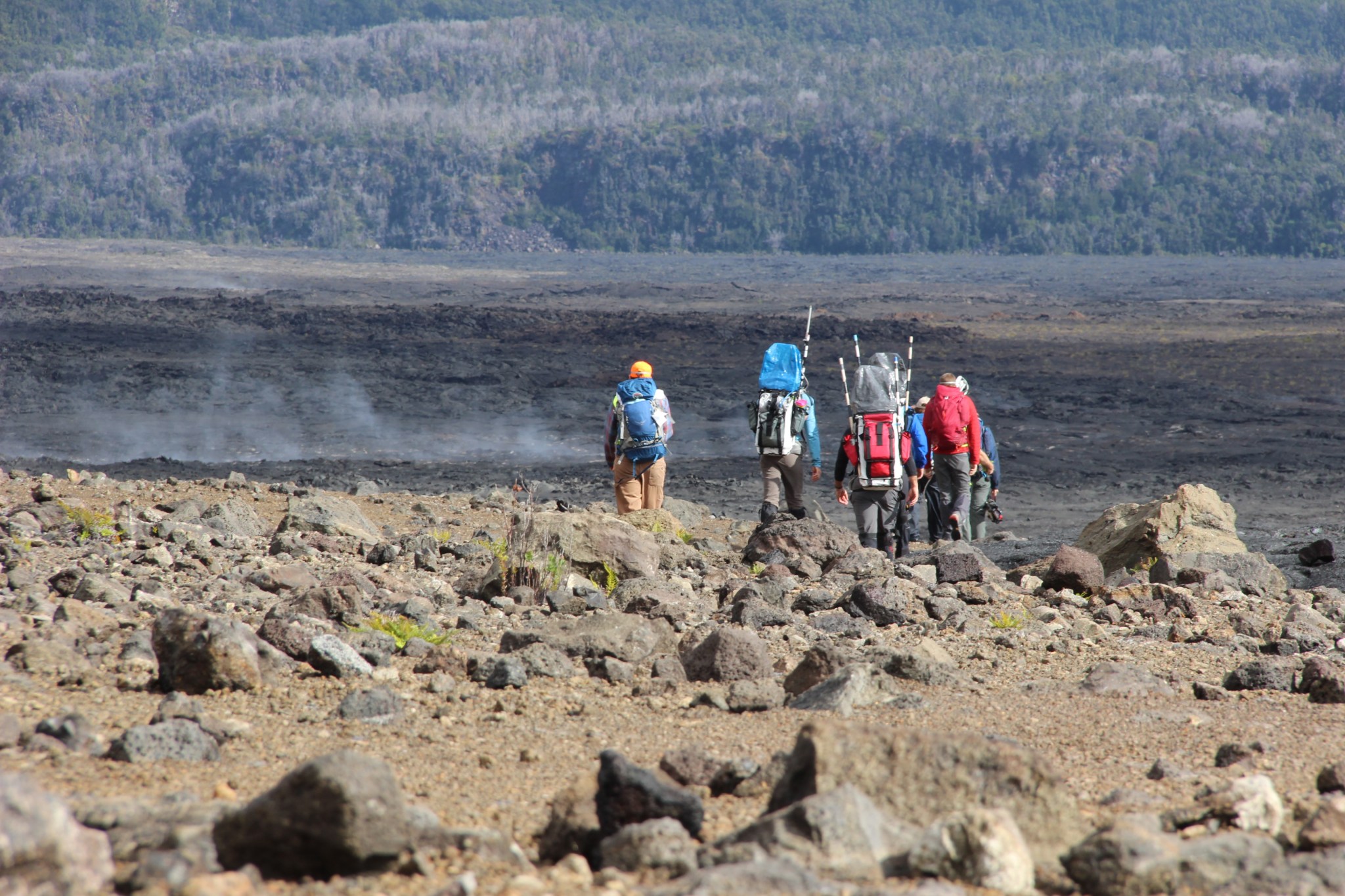
For full story, see: BASALTlavafields
Weighing Galactic Wind Provides Clues to Evolution of Galaxies
by Kassandra Bell
The Cigar Galaxy (M82) is famous for its extraordinary speed in making new stars, with stars being born 10 times faster than in the Milky Way. Now, data from the Stratospheric Observatory for Infrared Astronomy, SOFIA, have been used to study this galaxy in further detail, revealing how material that affects the evolution of galaxies may get into intergalactic space.
Researchers found, for the first time, that the galactic wind flowing from the center of the Cigar Galaxy (M82) is aligned along a magnetic field and transports a very large mass of gas and dust — the equivalent mass of 50 to 60 million Suns.
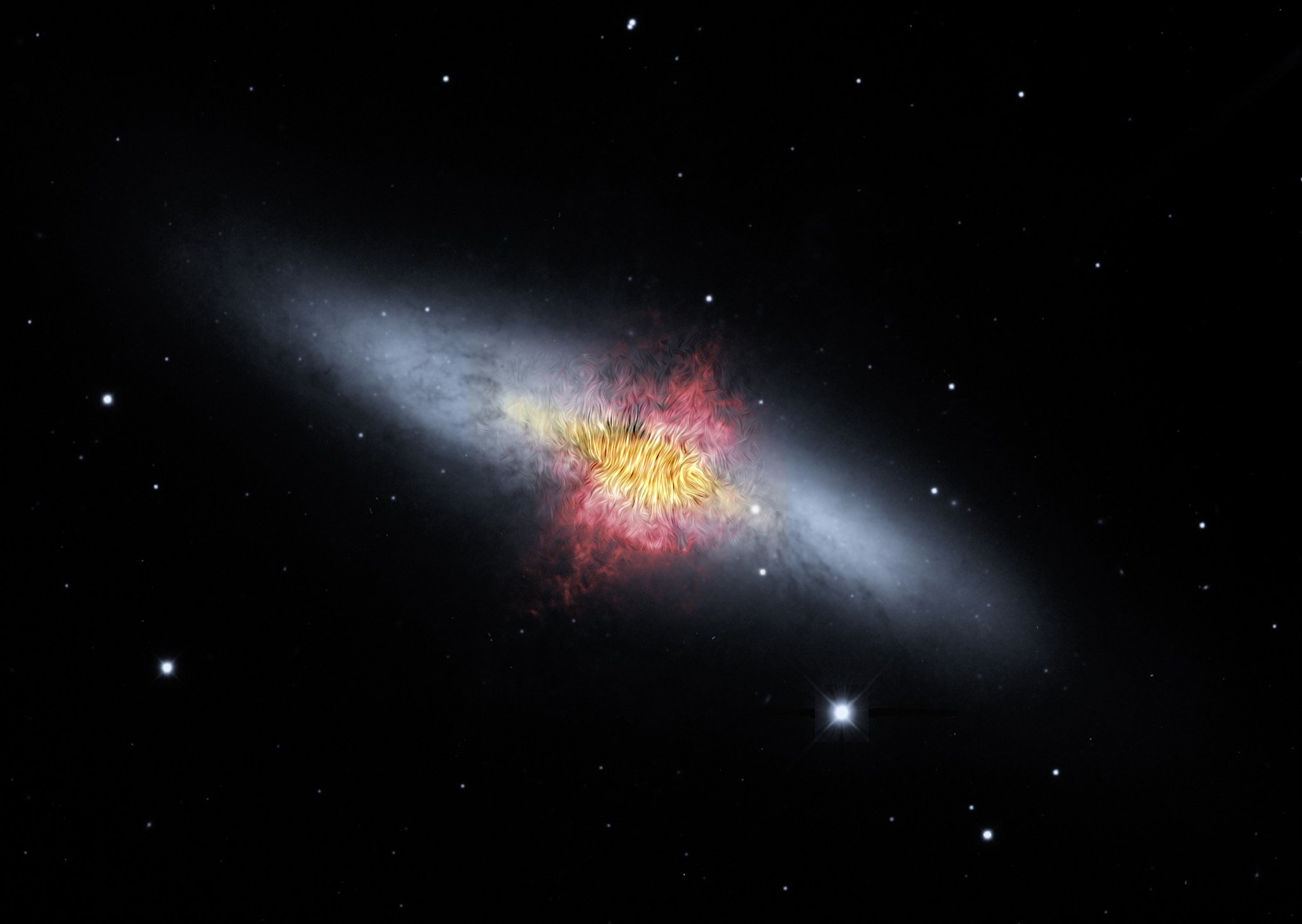
For full story, see: SOFIACigarGalaxy
Lissauer Discusses Discovery of Kepler-11’s Planetary System at H. Julian Allen Award Seminar
The H. Julian Allen Award Seminar “Discovery, Updated Analysis and Legacy of the Supercalifragilisticexpialidocious Six-Planet Kepler-11 System” was presented by Dr. Jack J. Lissauer on Feb. 28, 2019 at Ames. The H. Julian Allen Award is truly one of NASA Ames’ highest honors. It was established in 1969 to annually recognize a scientific or engineering paper of outstanding technical merit and significance.
In 2018, the H. Julian Allen Award was awarded to Dr. Jack J. Lissauer for the paper entitled, “A Closely Packed System of Low-mass, Low-density Planets Transiting Kepler-11” published in Nature 470, 53-58, (February 2011). This paper described new classes of planetary systems and planets. It is the first system discovered to have more than three tightly concentrated, transiting planets orbiting in the same plane. It also contains planets that are less massive than Neptune with much of their volumes occupied by hydrogen and/or helium gas.
Dr. Jack J. Lissauer is a space scientist in the Planetary Systems Branch at NASA Ames, where he conducts research on planet formation, planetary dynamics and exoplanets. For more information on the H. Julian Allen Award, please visit: https://www.nasa.gov/ames/ocs/hjulianallen

















